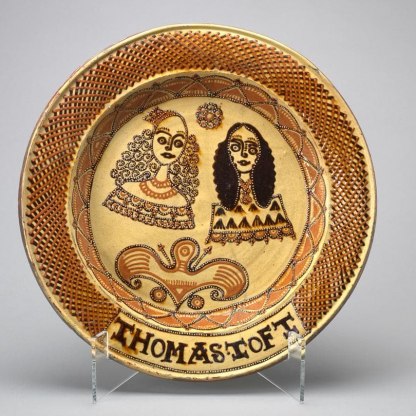Cromwell and the Republic
Born into a family of East Anglian landowners, Oliver Cromwell was first elected as the MP for Huntingdon in 1628. But it was not until 1640, when King Charles I recalled Parliament after an eleven-year gap, and Cromwell was elected the Member for Cambridge, that his serious involvement in Republican politics began.
Tensions between Parliament and the King reached a crisis in August 1642, when Civil War broke out. In the ensuing conflict, Cromwell proved to be a brilliant commander of troops. In 1644 he won an important battle at Marston Moor near York, and the following year he and Sir Thomas Fairfax crushed the Royalists at Naseby in Northamptonshire. Charles eventually surrendered to the Scots, allies of the Parliamentarians, in 1646. Cromwell was commended for his ‘unwearied and faithful services’ to Parliament, and he moved to London.
But Charles negotiated with the Scots, and in 1648 a Scottish Royalist army invaded England. Cromwell met them with his New Model Army at Preston, Lancashire, and won a decisive battle. He personally signed the warrant that authorised the execution of the King on 30 January 1649.
Between 1649 and 1653, England was ruled by the Commonwealth. With the king dead, the House of Lords was abolished and the Commons was established as the country's sovereign body. Left is a coin of the Commonwealth struck in 1649. The shield of St George appears where one might expect to see the profile head of a monarch.
A medal, however, illustrates Cromwell’s importance within the new political system. It was designed by Thomas Simon and struck as a reward for the soldiers who had fought in the battle of Dunbar in 1650, when the English defeated the Scots who were harbouring Charles I's son. On the obverse, Cromwell appears in stern profile, the battle raging behind him. On the other side we see a detailed depiction of the chamber of the House of Commons.
During these years, Cromwell conducted expeditions to Ireland, to regain control over the Catholic population. Civilian massacres in Wexford and Drogheda are still remembered with bitterness today.
In 1653 tensions within the House of Commons led to the abandonment of Parliamentary sovereignty, and Cromwell was voted by the leaders of the army as head of state: he took the title Lord Protector of England.
The hoped for political stability did not come, however, and when a new Parliament was convened in September 1656, Cromwell was offered the throne. He declined the title of king, but his power was absolute. In 1656 his head appeared on coins for first time. A gold crown cast by Thomas Simon, left, shows him wearing a laurel wreath, like a Roman emperor. On the reverse, the combined arms of England, Scotland and Ireland are summounted by a crown and surrounded by the Latin motto Pax quaeritur bello ('Peace is sought through war'). Very few of these coins were actually issued, and as early as 1660 Samuel Pepys mentions in his diary how collectable they had become.
In 1658 Oliver Cromwell died, probably from malaria, though his physical and mental collapse may have been aggravated by the death of his beloved daughter Elizabeth that same year. His son, Richard, briefly succeeded him as Lord Protector, but lacking his father’s authority and popularity, he abdicated in 1659. The following year the monarchy of England was permanently restored and Charles II began his reign.
Cromwell remains a controversial figure. Arguments abound not simply over whether he was a hero or a villain, but whether the years between the execution of Charles I and the accession of Charles II had any real or lasting significance.
If you are visiting the Fitzwilliam Museum, it is a short journey from Cambridge to Huntingdon, where Cromwell was born and where his old grammar school has been converted into a small but fascinating museum.
Other highlight objects you might like
Other pathways and stories you might like
Sign up to our emails
Be the first to hear about our news, exhibitions, events and more…






